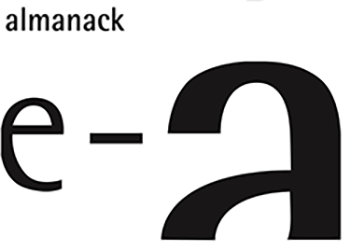Abstract
Until the second decade of the 19th century, the space south of the Salado River was indigenous territory. Twenty-five years later, immigrants began to arrive in villages like Tandil, forming what would later become the province of Buenos Aires. Specialists on indigenous people and immigrants have advanced in the understanding of these fields since the early 1980s. However, while some needed to atomize the object of study by nationality and even regionalisms, the others placed a largely anthropological emphasis on studying important chiefdoms while They advanced in categories that allowed us to unravel an indigenous world that was believed to be heterogeneous. A third group analyzed and discussed ideas about the Creoles, discovering that the gaucho was an almost exotic character and that they talked about him without delving into his abysmal distance between the local elite and the poor, deprived of all possibilities until 1880. The look was binary: indigenous and Creole, while the foreigners moved on stage like leading actors accompanied by the light of a spotlight. We propose to advance a holistic view, taking the Basque case as a witness, taking into account historicity and reviewing the documentation in search of energizing the whole. Also, recover the substantial relationship with an environment that was presented until some time ago as a suggestive scenography, with exceptions regarding the indigenous world.
Keywords:
Holistic approach; historicity; dynamics; Basques

 Thumbnail
Thumbnail
 Thumbnail
Thumbnail
 Thumbnail
Thumbnail
 Thumbnail
Thumbnail
 Thumbnail
Thumbnail
 Thumbnail
Thumbnail
 Thumbnail
Thumbnail






